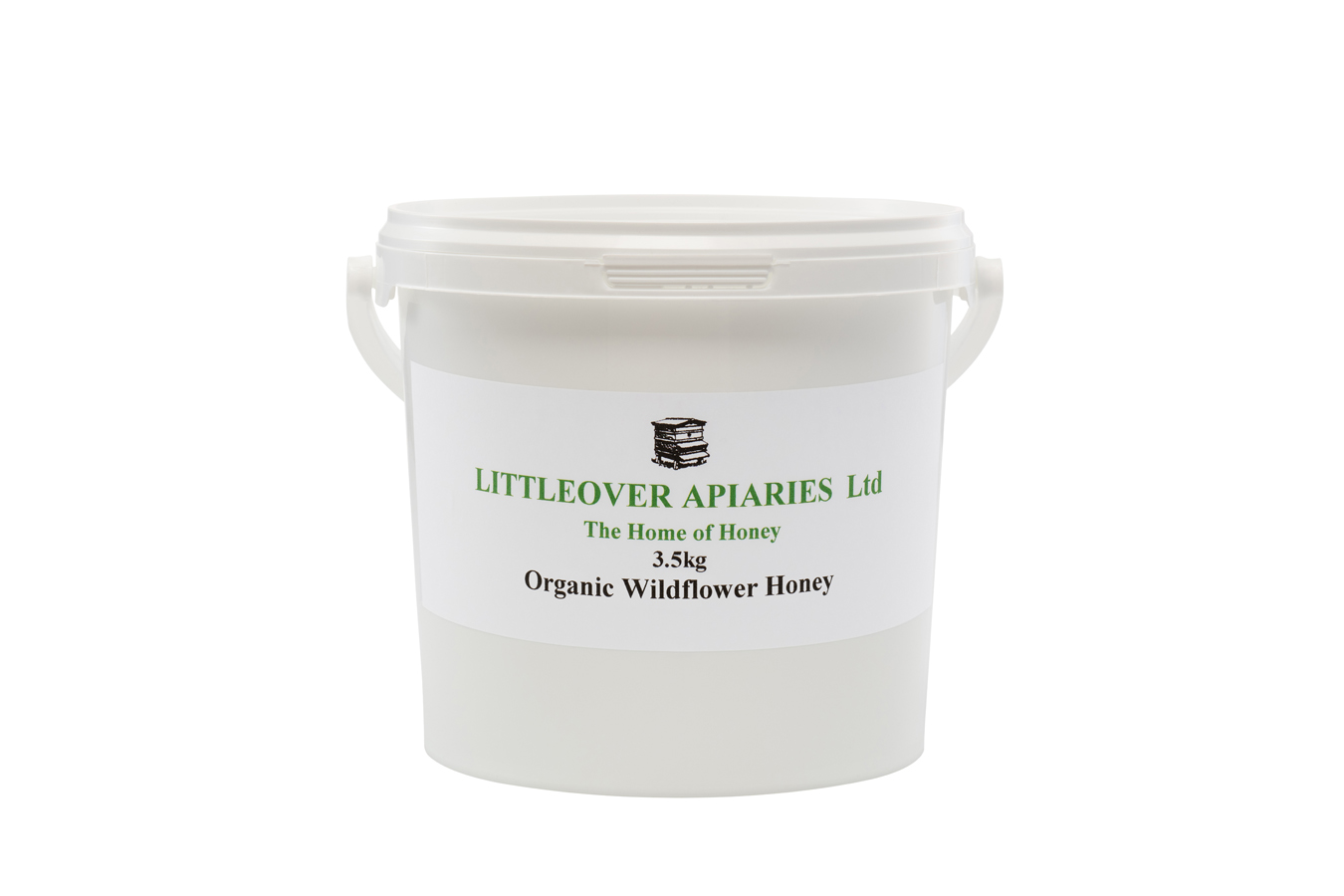Looking to try out Honey when i drink coffee etc, what is the best type to go for? Refined? Any brands or products people are going for in the Uk or possible for Uk'ers to obtain? Wanting to switch to something like honey, being better than plain white sugar, is honey the best/least allergenic or is maple syrup better or others?
I bought some from a local honey seller and not 100% sure if i had an allergenic reaction to it, I can tolerate more foods now a year later, but with RE to the honey, is it a no go? or would refined solve this? Would maple syrup or manuka be better or least allergenic?
In this video Ray talks about how the bees refine it or something, does this mean best to get Raw Organic Honey?
I bought some from a local honey seller and not 100% sure if i had an allergenic reaction to it, I can tolerate more foods now a year later, but with RE to the honey, is it a no go? or would refined solve this? Would maple syrup or manuka be better or least allergenic?
In this video Ray talks about how the bees refine it or something, does this mean best to get Raw Organic Honey?

 properties of honey are influenced by several factors such as composition, temperature, and amount and size of crystals. One of the predominant factors is the moisture content. In normal circumstances, higher moisture levels result in a reduction in the viscosity. Other factors influencing viscosity of honey are the composition of individual sugars, and the amount and type of colloids present in honey. Honey is basically sugar syrup and the viscosity characteristics can be governed by the molecular chain length of sugars present in the honey. For the same mass fraction, disaccharides contribute to a higher viscosity than monosachharides in a solution system (Chirife and Buera, 1997)."
properties of honey are influenced by several factors such as composition, temperature, and amount and size of crystals. One of the predominant factors is the moisture content. In normal circumstances, higher moisture levels result in a reduction in the viscosity. Other factors influencing viscosity of honey are the composition of individual sugars, and the amount and type of colloids present in honey. Honey is basically sugar syrup and the viscosity characteristics can be governed by the molecular chain length of sugars present in the honey. For the same mass fraction, disaccharides contribute to a higher viscosity than monosachharides in a solution system (Chirife and Buera, 1997)."